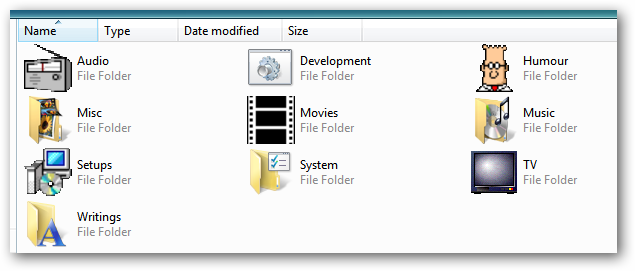Work desktops can quickly become a cluttered mess with files. How much time do you spend searching for a specific document? If you can’t find everything you need in a few seconds, it’s time to rethink your document management system. Follow these easy tips to get started:
1. Hang Out on the Cloud

Saving everything to your computer may prove problematic, especially if you need to access something from another device. Complete Document Solutions can integrate cloud storage to help organize digital documents more efficiently. The main advantage is being able to open and edit a document from any location.
How does cloud storage work? Simply put, the cloud lets people save files to a remote server. They can easily access this server via the internet, making it possible to retrieve files and data from literally anywhere in the world. Not only does the cloud make it easier to file and store files, but it also streamlines sharing documents with others.
2. Declutter Your Email Account
How many unread messages and file attachments are in your email? Many people use their email accounts as makeshift document organizers. They email documents to themselves, but in the end, they get lost in the shuffle.
Take the time to sort through your email attachments. Depending on how many emails you need to weed through, it may be best to use a program to help download attachments in bulk. Be sure to save any important files to a specific folder on your desktop or store them on the cloud.
3. Organize Your Folders

Take a peek at your desktop. Is it covered in folders? If so, then it’s time to organize each folder using a nesting system. Start with the main folder, and fill it with several sub-folders. You can create folders for current projects and finished work. It’s also wise to sort everything by project type and year.
Organizing your folders will not only make your desktop cleaner, but it also makes it easier to find documents with only a few clicks. The more detailed your folder labels, the faster you’ll be able to locate the desired file.
4. Standardize File Naming
When saving a file, it’s smart to name it using a consistent system. The most organized file names include the date, status, and clear title. The more detailed the file name, the easier it will be to search and find it on your computer.
To ensure all files follow the same naming system, set some rules. For example, decide on a cohesive name and date format. Numbering can also help keep large files or documents in a series together. Avoid using generic terms that you may forget down the road.
5. Clear Outdated Files Regularly
Are you a file hoarder? If so, then you’re not alone. Digital hoarding is real, but it can also make it difficult to find what you need in a timely manner. Instead of saving everything indefinitely, try reducing the number of files stored on your computer. At least once per quarter, go through all the older documents and select which ones you can delete or archive.
The Benefits of Organizing Digital Documents
Cramped file rooms used the be the norm, but cluttered desktops have now taken over. Following these document management tips will reduce the clutter on your virtual desktop, making it easier to locate files and get work done. Once you put these habits into place, you’ll only wish you tried them sooner.